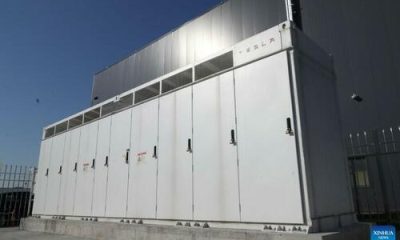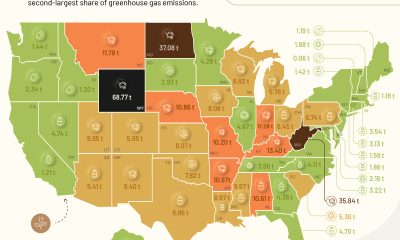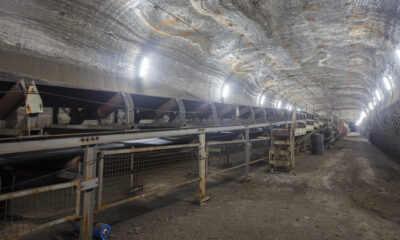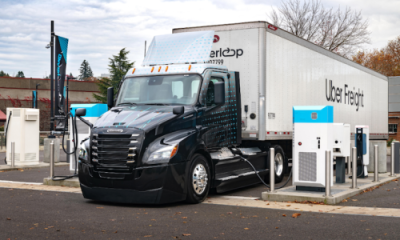Energy & Critical Metals
India to add 28GW of coal-based capacity by 2031-32 in new power policy
India’s New Electricity Plan for 2022-27 recognises the need for adding coal-based capacity and highlights the need for investment in battery storage.
The…

India’s Central Electricity Authority has announced an updated “blueprint” for its National Electricity Plan (NEP), which will move away from renewables and back towards adding coal capacity.
The NEP is the latest five-year plan, covering 2022 to 2027, and helping direct the Indian power policy. Despite ruling out the need for fresh coal-fired capacity and incremental capacity addition earlier, the authority is now assessing the challenges of phasing out coal production.
The new draft cites the need for fresh coal-based capacity ranging from 17GW to 28GW until 2031-32 over and above the under-construction coal-based capacity of 25 GW.
The draft plan also highlights the need for investment in battery storage based on the renewable energy thrust of the past ten years. The projected battery storage requirement in 2031-32 is between 51GW to 84GW, assuming a daily usage rate of five hours. At an estimate of $1.2m per MW, this could translate into investments for battery storage between $61bn to $97.5bn over the next ten years.
Changing power production
While the NEP draft projects an increase in the plant load factor of coal fired plants from 55% up to 2026-27 to 62% in 2031-32, India’s reliance on old, inflexible coal-fired plants for base load capacity raises concerns for grid stability and power interruptions.
Further, more reliance on renewable generation for meeting additional capacity targets has introduced challenges, such as aligning peak demand curve with availability of renewables during certain parts of the day.
The plan does not make clear how the renewables grid would be managed. The poor progress of hydropower and insufficient solar farms has resulted in a decrease in inertia, which provides stability to the grid.
One of the storage options the NEP seems to pin its faith on are battery energy storage systems based on lithium-ion batteries. As a low-cost option, battery energy storage systems have various advantages of balancing the grid against intermittencies and fluctuations. Energy storage can provide time-shifting energy, helping in large scale deployment of different renewable energy sources.
The post India to add 28GW of coal-based capacity by 2031-32 in new power policy appeared first on Mining Technology.

Uranium Exploration Company Announces Additional Staking in the Athabasca Basin
Source: Streetwise Reports 12/22/2023
Skyharbour Resources Ltd. announced an update from its Canada-based Falcon Project along with additional…
Tesla Launches New Mega Factory Project In Shanghai, Designed To Manufacture 10,000 Megapacks Per Year
Tesla Launches New Mega Factory Project In Shanghai, Designed To Manufacture 10,000 Megapacks Per Year
Tesla has launched a new mega factory…
Giving thanks and taking stock after “a remarkable year”
An end-of-year thank you to our readers, industry colleagues and advertisers before Electric Autonomy breaks from publishing until Jan. 2
The post Giving…



















